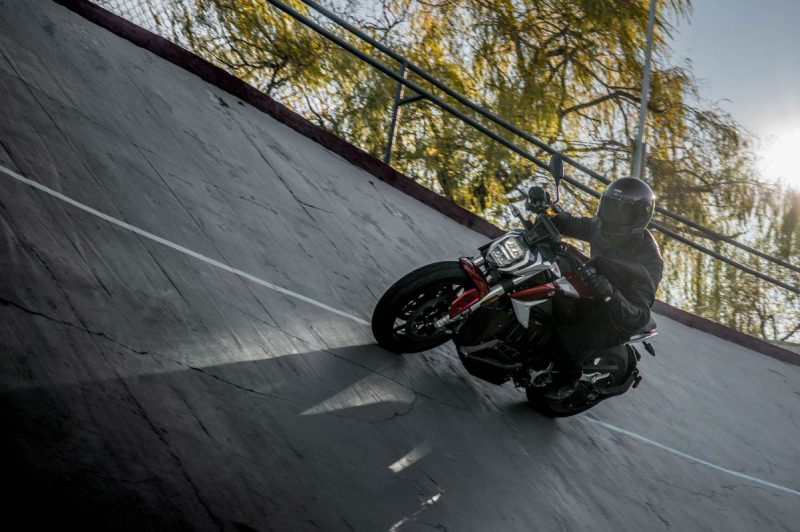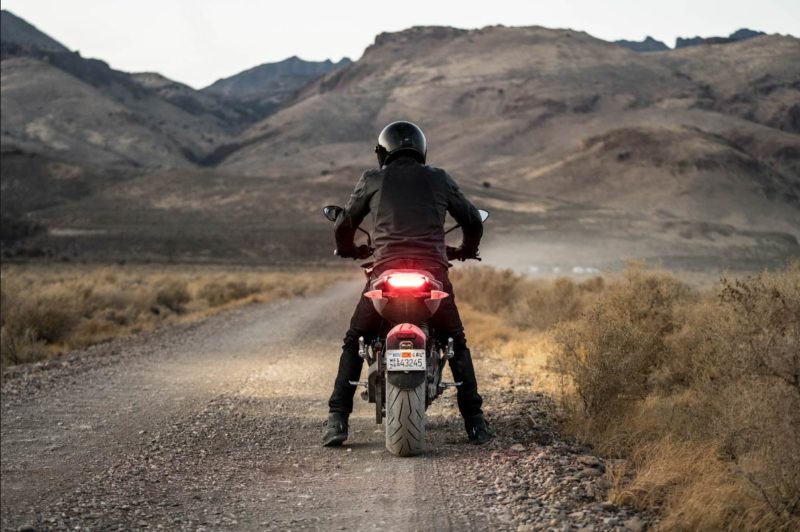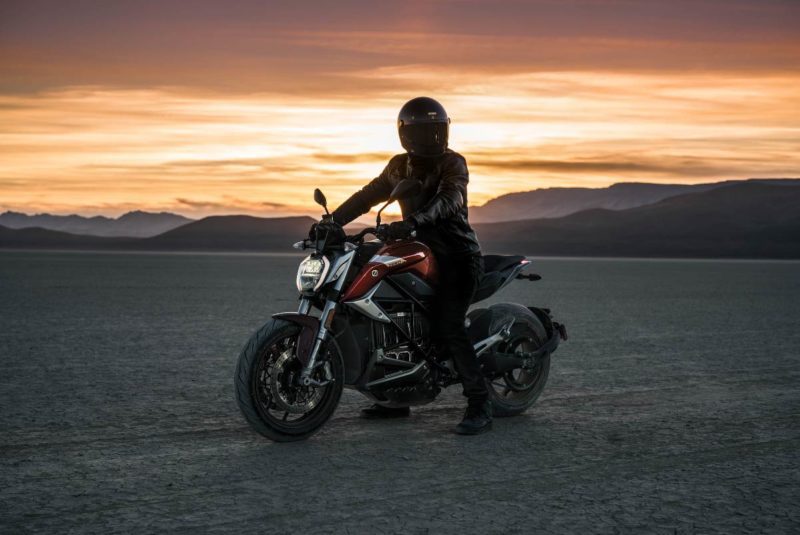At a major event in the US on the February 25, Zero motorcycles revealed the first major upgrade to its range since 2013.
As a self admitted Zero fanboy, I have to admit I have already started mulling over the options open to me to upgrade to the new model, and I like what I see. Overall, my personal score would by 8.5/10 for accomplishment.
As a technologist and someone who understands a little about market realities and manufacturing, I would score them 9.5/10.
You can see the official page here and the best review I’ve read so far with amazing background on the development is here.
I’m going to summarise the key specifications, changes and reasons for my score for you.
Key specifications and updates.
This is a major overhaul of the entire Zero platform with literally only a half a dozen or so parts common to previous models.
After decades using a lightweight aluminium chassis, Zero have now switched to an all new steel trellis frame and all new swingarm assembly. Apart from looking great, this upgrade presumably allows for some cost saving and flexibility in layout and also accommodates the all new larger motor. I like it.

The Zero motor is a wonderful feat of electrical motor design developed both in house and in partnership with external suppliers.
The new motor weighs around 25kg and delivers 11 per cent more toque than a 2019 2000cc Harley Davidson engine (189Nm v 169Nm) and the same power as a 2019 937cc Ducati Supersport S engine (82kW). That’s borderline sick.
Zero have done some incredible engineering around optimising magnetic flows and manufacturability and for 2019 also introduced axial cooling fins rather than transverse.
They claim this overcomes issues with temp limits in earlier models and allows more sustained full power operation. The new model delivers a 57 per cent more power and 21 per cent more torque than last year’s model, so whatever they have done is impressive.
Top speed is now almost 200km/h which, quite frankly, is plenty for aging guys like me (lower gearing option anyone?).
Feeding the motor is a staggering 900A controller. It hasn’t been revealed if they have retained the stalwart Sevcon or moved on from the popular brand.
The all-critical battery capacity remains unchanged, interestingly, at 14.4kWh and is upgradable to 18kWh with the optional powertank. In the new SR/F this equates to a city range of around 320km and a highway range around 163km.
Notably, this is 10 per cent less range than the previous model. The reason for this hasn’t been completely unravelled yet but is more than likely the result of much larger on board chargers and a consequent 9 per cent weight gain bringing the Powertank equipped model to 225kg.
That’s around 20kg of extra weight and not a showstopper but something of a retrograde step when power minus weight equals range.

Zero have maintained its KISS design philosophy and retained air cooling for its motor and battery and frankly with the power and range available, I for one think it’s a solid strategy for a street bike.
The only exception to this is that under fast-charging conditions the thermal mass in the (fully sealed, very densely packed) battery is substantial and can lead to excessive temperature rise.
The latest model includes enhanced thermal management and passive cooling fins on the battery pack so fingers crossed this minimises the previous temperature rise issues.
Now, range is the holy grail of all EVs. For years the theory has been “add more battery”. But batteries are expensive and heavy so there has been a delicate balancing act and a transition to “add more fast chargers, not batteries”.
Zero have finally caught up with this and now offer up to 12kW of onboard charging capacity, which is fan-bloody-tastic. As long as you can find a 12kW outlet of course.
This allows a charge time of around an hour which really opens the bike up to longer rides where charging infrastructure is available. Luckily in Australia, we have a newly released EV policy, which is a policy to create a strategy about a policy plan. Yay.
Other features
Zero also added a new cellular communications feature allowing remote charging control, monitoring, security functions and better over the air diagnostics and updates.
This is a really valuable feature allowing far more intelligent battery management and is extremely welcome. Combined with an all new dash and up to 10 custom programmable modes they have clearly listened to their customers on this one.
The bike also now features upgraded Showa suspension front and rear, Bosh traction control, ABS and larger dual disc brakes with radially mounted dual piston calipers on the front end. Big tick.
They have also restyled the bike (which is a highly subjective matter) but have retained the streetfighter/naked look. Overall, the new SR/F looks more muscular and features the electric nature of it even more than before. Personally, I think the design looks very current and I think I like it.
The tank design is also changed and now includes a flip out charge port cover and (what looks like) a flip up “frunk” (that’s what we call the dummy tank that serves as a front trunk). A small thing, perhaps, but by all accounts Zero have also finally improved its notoriously uncomfortable seat.
The reviews by a number of motor writers who rode it are glowing, to say the least – Zero have made this a better motorcycle, not just a better electric vehicle and that’s critical for wider appeal.
Let down
Overall, I am thrilled about this major evolution for Zero and excited as a potential owner. As a daily electric motorcycle forum stalker, impressively the changes to the new bike address the vast majority of “wish list” items by current owners in a poll just four months ago, and then some.
The only things owners asked for that were not delivered in this new bike were larger battery capacity, a lower price, better aerodynamics (a fairing) and perhaps most importantly fast DC charging.
Fast DC charging ability is a growing gap, but extremely difficult for Zero to overcome in its current platform, simply because the battery/drive-train configuration runs at a voltage that is just too low for almost every DC fast charger in the world.
With great reviews so far and a world of comments, things look good for Zero with this new bike and let’s hope the real-world results back it up because I’m betting this platform is where they are going to be for a few years yet.
The penultimate test they now have to pass (at least for the next couple of years) is down to one competitor, in my humble opinion.
Sure, Harley will erode some sales and some of the other big names are coming fast, but right now it is the insane (on paper) Lightning Strike, also out of the US.
Lightning Motorcycles have promised a bike that is capable of 240km/h has a 240km range, featured DC fast charging and is almost 40 per cent cheaper.
These are massive claims and Lightening don’t yet have a distribution network to speak of so are far behind, but if they come close to delivering they could be Zero’s biggest threat.

